[EN/PT] Rise of The Commons: Not So Common
[EN]

Hello, Splinters Fanatics!
Splinterlands is a game full of surprises and strategies. Each battle is unique, as the performance of monsters and archons can vary greatly depending on several factors, such as the rulesets, the release of new cards, and the introduction of new archons. This ever-changing dynamic requires players to stay alert and adapt to each matchup.
One of the main triggers for choosing an archon and monsters is the ruleset. It is certainly the first and most important factor in determining the strategy to be used. In today’s post, we’ll explore the Rise of the Commons ruleset—a restrictive rule that allows only Rare and Common monsters on the battlefield.

| Only Common and Rare monsters can be used in battles. |
In a card collection, it's better to have more Common and Rare cards, because they are always usable—unlike Epic and Legendary cards, which can be restricted by certain rulesets.
There aren’t many secrets when it comes to this ruleset, but to make up for being limited to only Common and Rare monsters, we can use Legendary archons whenever possible, especially when there is plenty of mana available. They grant several powerful abilities to allied monsters.

Some Common and Rare monsters aren’t so “common” after all. In my opinion, there are Common monsters that are on par with—or even better than—certain Legendary ones. However, they often come with a high mana cost, and if not managed carefully, that can seriously compromise a player's strategy.
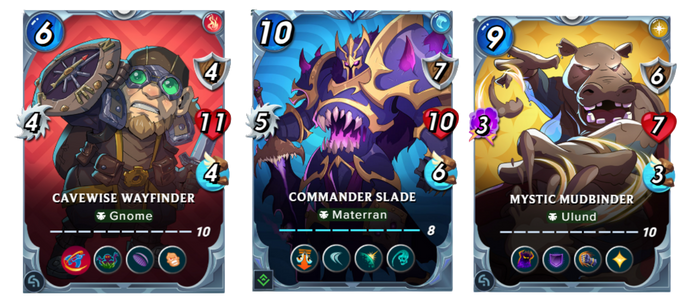
As I mentioned, this ruleset is no mystery! Just choose a Legendary Archon and strong monsters to make up for the absence of Epic and Legendary monsters in battle. And now, there’s nothing better than a real match to put all these concepts and strategies into practice!

The battle took place in the Modern format and featured the following ruleset combination: Keep Your Distance, Tis But Scratches, and Rise of the Commons. Additionally, the available Splinters were Fire, Life, and Death, with a mana cap of 36.

There wasn’t much mana available, so it was important to be careful when choosing monsters and an Archon. Additionally, melee attack monsters couldn’t be used due to the rulesets, which favored the use of magic damage monsters.
As a result, I chose Lorkus as my Archon and focused on deploying magic damage monsters, just like my opponent.
In the tactical setup, we can observe both players' lineups. While I included a mix of magic and ranged attackers, my opponent went all-in on magic damage monsters, clearly aiming to maximize the +1 magic damage boost provided by Lorkus.
Click Here to Watch the Full Battle!
The battle begins, and to our surprise, the opponent wasted a card—the monster in the first position—since it had ranged attack and couldn’t attack from the front line. Even though the monster had the Thorns ability, it was ineffective in this match because melee monsters weren’t allowed.
Two of my monsters played a key role in disrupting the opponent’s strategy thanks to the Silence ability, which reduced their magic damage output. Another smart move was assigning key tactical abilities to two crucial units: Continuum Seer, the fastest monster on the field, and Dark Arborist, who has Magic Reflect.
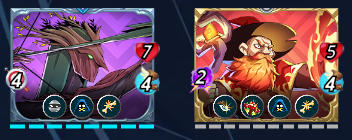
In the first round, after a few attacks, we quickly lost our tank distraction, who had the Divine Shield ability. I like to use this monster often because of its low mana cost and because it usually causes the opponent to lose their first attack. Meanwhile, the opponent was losing their tank, which had high HP but couldn’t attack since it was positioned first.
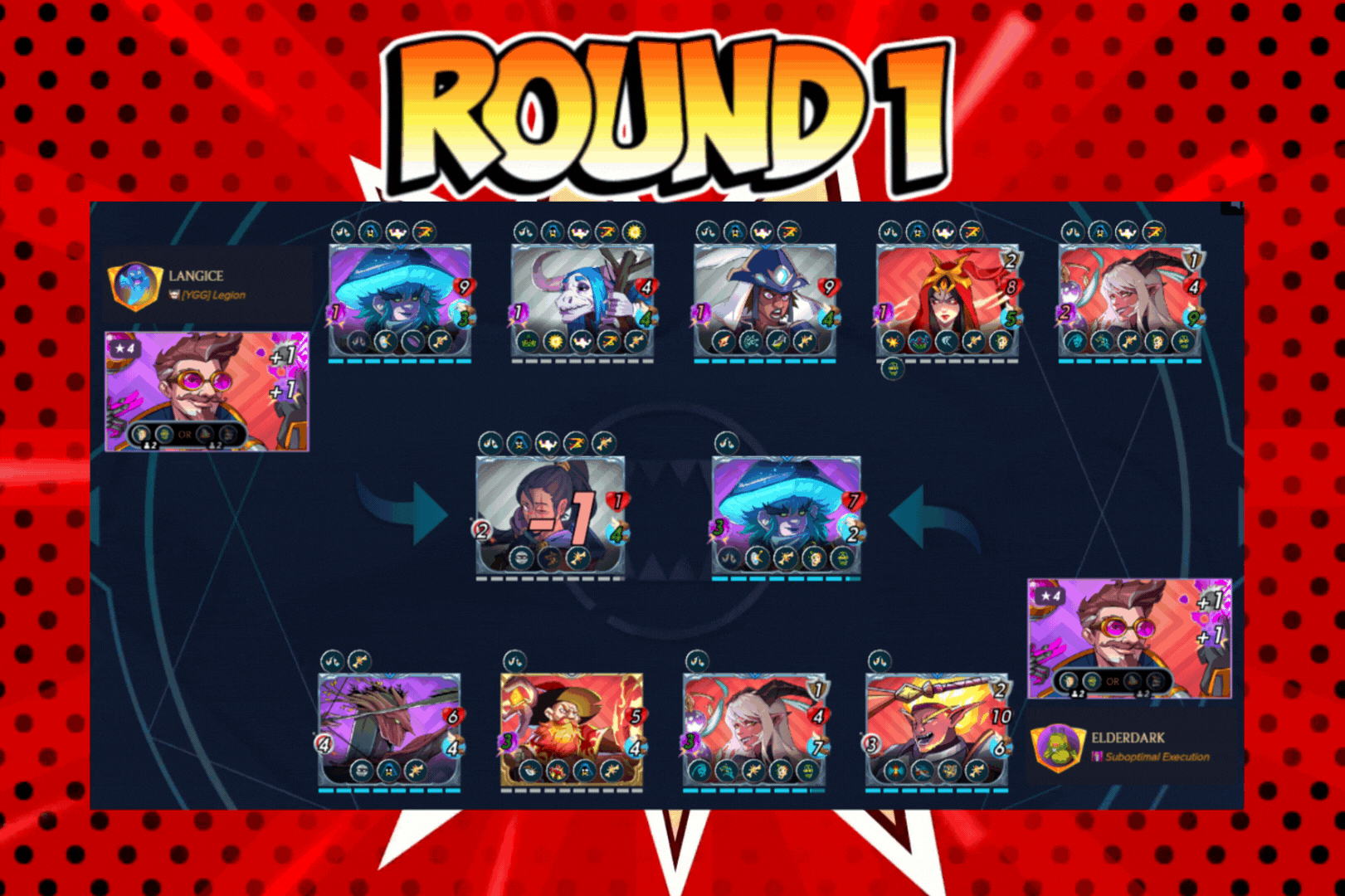
In the second round, both sides reveal their real tanks, each with the Magic Reflect ability, which returns a portion of the magic damage received. Visually, it’s easy to notice that the opponent’s magic damage is reduced. This allows our monsters to withstand the opponent’s attacks for a longer time.
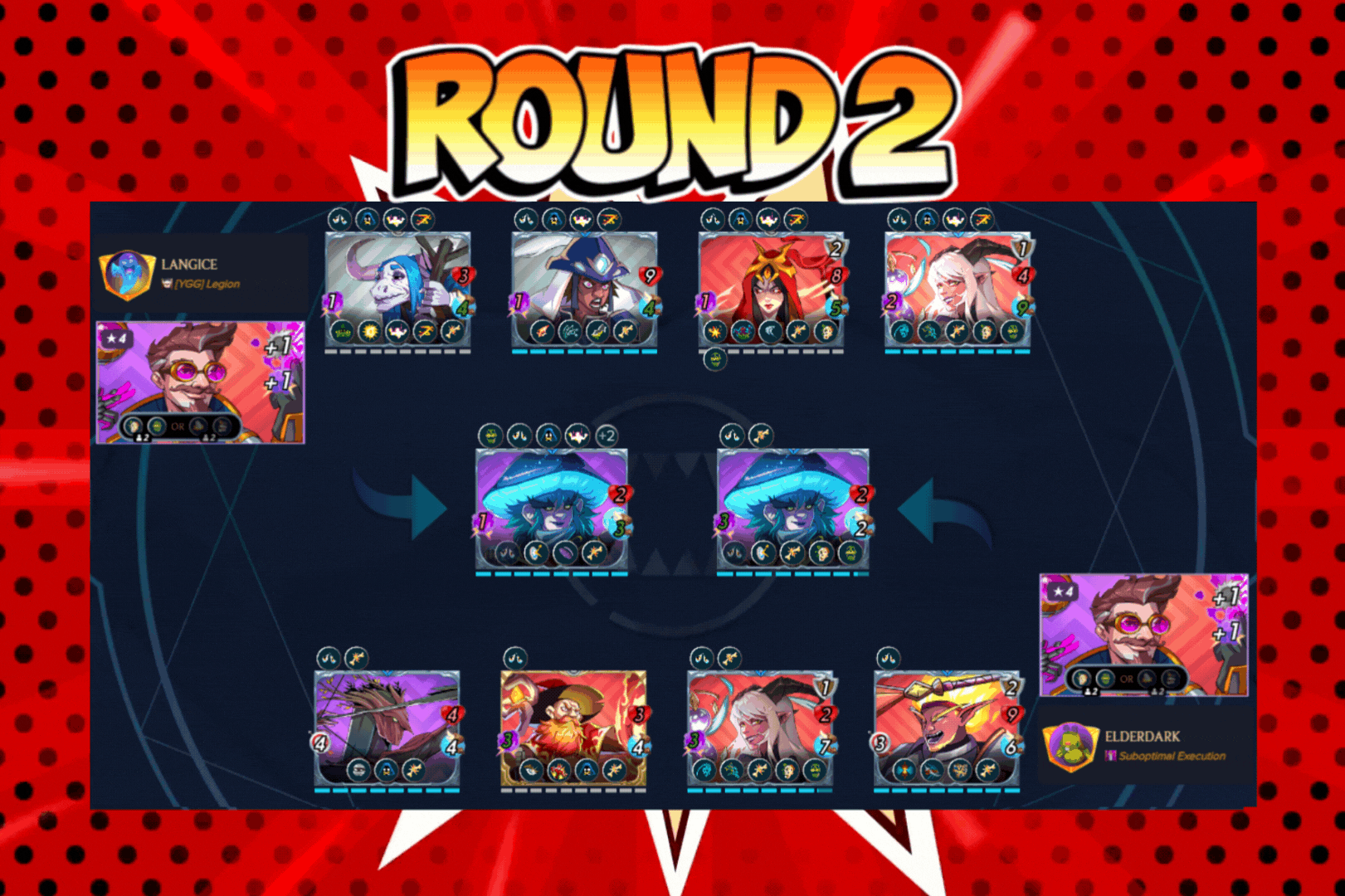
At the end of the battle, only two enemy monsters remained on the field. The opponent’s strategy was quite similar to ours, but since we used two monsters with the Silence ability, we received less damage from them. As a result, more of our monsters stayed on the battlefield.
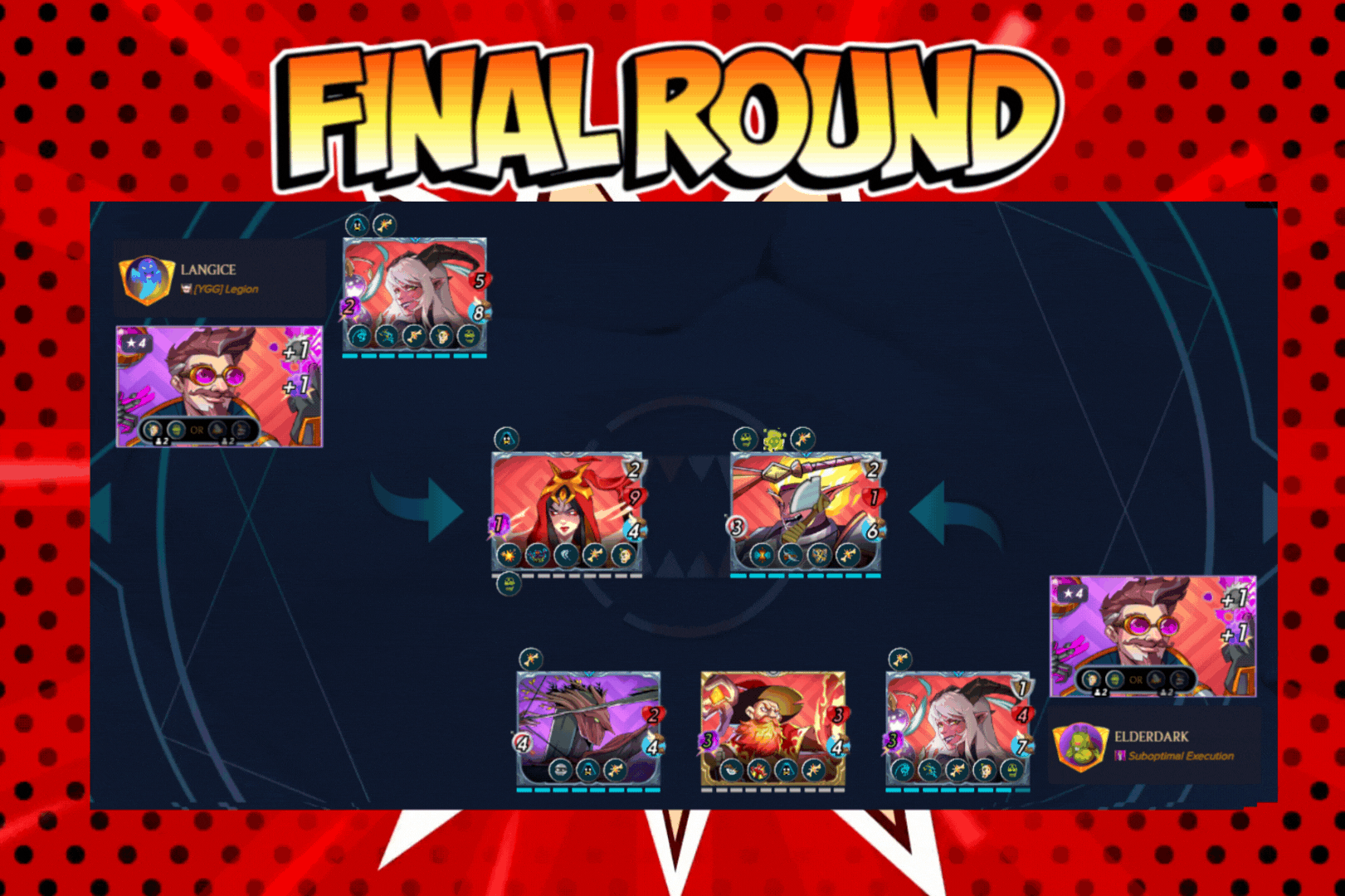
This was my entry for this week’s Splinterlands Community Engagement Challenge in Splinterlands. I hope you enjoyed this post.
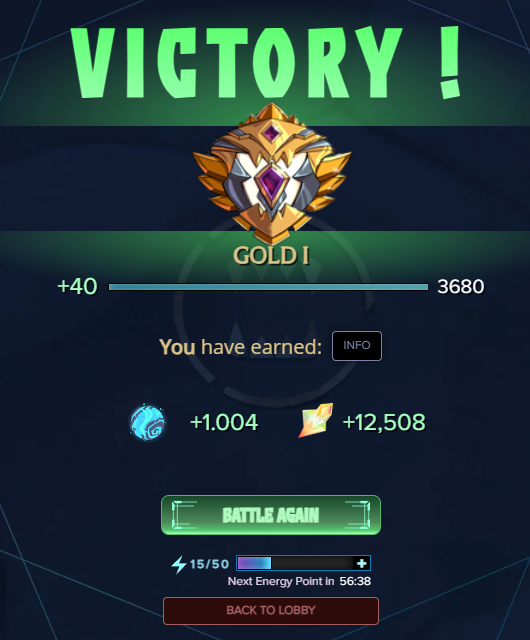
If you found this post helpful, please consider leaving an upvote, comments, and even a reblog on your pages! Thank you very much.
Images: @splinterlands

[PT]

Olá, Splinters Fanáticos!
Splinterlands é um jogo repleto de surpresas e estratégias. Cada batalha é única, pois o desempenho dos monstros e archons pode variar bastante de acordo com diversos fatores, como os rulesets, o lançamento de novas cartas e a introdução de novos archons. Essa dinâmica constante exige dos jogadores atenção e capacidade de adaptação a cada confronto.
Um dos principais gatilhos para a escolha do archon e dos monstros é o ruleset. Ele certamente é o primeiro e mais importante fator determinante da estratégia a ser montada. No post de hoje, vamos explorar o ruleset Rise of the Commons, uma regra do tipo restritiva, que permite apenas monstros Raros e Comuns no campo de batalha.

| Apenas Monstros Comuns e Raros podem ser usados em batalhas. |
Em um coleção de cartas é melhor ter mais cartas de raridade comum e raras, porque elas sempre serão utilizadas, ao contrário das cartas Épicas e Lendárias que existem Rulesetes que restringem seus usos.
Para esse Ruleset não existe muito segredos, porém para compensar o uso somente de monstros Comuns e Raros podemos utilizar archons Lendários, sempre que possível quando existir bastante mana disponível, pois eles concedem várias habilidades aos monstros aliados.

Alguns monstros comuns e raros não são tão comuns assim. Existem monstros comuns que na minha opinião se equiparam ou são até melhores que certos monstros lendários. Porém, muita das vezes há um custo elevado de mano, que se não gerenciado pode comprometer a estratégia do jogador.

Como mencionei esse ruleset não tem segredo! Basta escolhe um Archon lendário e bons monstros, assim compensando a falta de monstros épicos e lendário na batalha. Agora nada melhor do que uma batalha para colocar em prática os conceitos e estratégias apresentados até aqui!

A batalha aconteceu no formato Moderno e contou com o seguinte Conjunto de Regras: Keep Your Distance, Tis But Scratches e Rise of the Commons. Além disso, os Splinter Fogo, Vida e Morte estavam disponível, além de contar com 36 de mana disponível.

Não havia tanta mana disponível, então é preciso cuidado na escalação dos monstros e Archon. Além disso, monstros de dano melee não podem ser utilizado devidos aos rulesets. Então, isso favorece o uso monstros principalmente com dano mágico. Dessa forma, o archon escolhido foi Lorkus e o meu foco foi escalar monstros de dano mágico, assim como meu oponente.
No ambiente tático é possível ver a escalação de ambos os jogadores, enquanto eu escalei mosntros de dano mágico e ranged. Meu oponente simplesmente escolheu somente monstros de dano mágico, na certa para aproveita o boost de (+1) de dano mágico concedido por Lorkus.
Clique Aqui para Assistir a Batalha Completa!
A batalha é iniciada e para nossa surpresa o oponente disperdiçou uma carta, que foi o monstro da primeira posição, uma vez que ele não pode atacar (dano ranged), apesar desse monstro possui a habilidade Thorns, porém não há como escalar monstros de dano melee.
Dois monstros fizeram com que o oponente não tivesse tão sucesso em sua estratégia, isso devido a habilidade Silence. Outro estratégia inteligente foi adicionar as habilidades táticas para o monstros mais rápido do campo, Continuum Seer, e para o monstro com a habilidade Magic Reflect, Dark Arborist.

Na primeira rodada, com alguns ataques perdemos logo nosso tanque distração, ele possuia a habiildade Divine Shield, apenas para que o oponente perdesse o primeiro ataque é um monstro que gosto de usar bastante devido sua baixa mana e na maioria das vezes para que o oponente perda alguns ataques. Enquanto isso o oponente vai perdendo seu tanque, que possui bastante HP e não podia atacar, pois estava na primeira posição.

Na segunda rodada, temos os reais tanques de cada lado, eles possuem a habilidade Magic Reflect, para retornar parte do dano mágico recebido. Visualmente, é fácil perceber que o oponente tem monstros de dano mágico com dano reduzido. Isso faz com que nossos monstros resistam aos ataques do oponente, por mais tempo.

Ao final da batalha apenas dois monstros inimigos estavam em campo. A estratégia do oponente foi bem semelhante a nossa, porém como havia utilizado dois monstros com a habilidade Silence recebemos menos danos do oponente. E mais monstro ficaram em campo.

Essa foi minha participação no Splinterlands Community Engagement Challenge desta semana em Splinterlands. Espero que tenha gostado desta publicação.

Se este post foi útil, considere deixar seu upvote, comentários e até mesmo reblog em suas páginas! Muito obrigado.
Imagens: @splinterlands

Posted Using INLEO


Obrigado por promover a comunidade Hive-BR em suas postagens.
Vamos seguir fortalecendo a Hive
Congratulations @elderdark! You have completed the following achievement on the Hive blockchain And have been rewarded with New badge(s)
You can view your badges on your board and compare yourself to others in the Ranking
If you no longer want to receive notifications, reply to this comment with the word
STOPCheck out our last posts:
Thanks for sharing! - @lenonmc21
